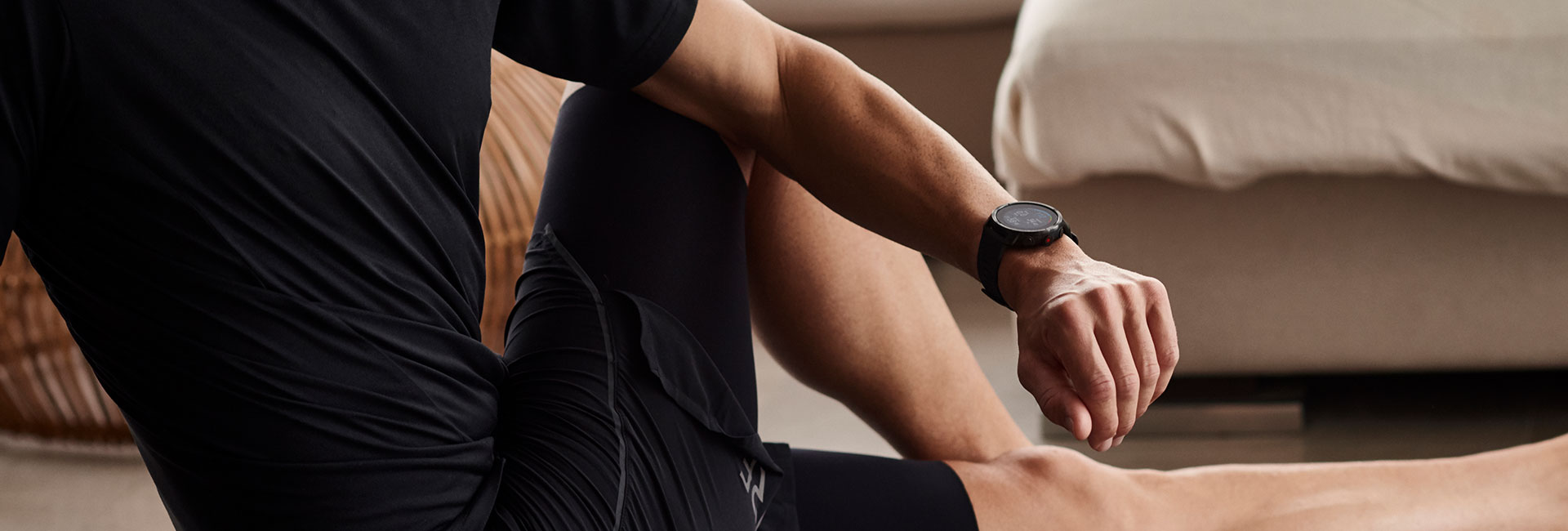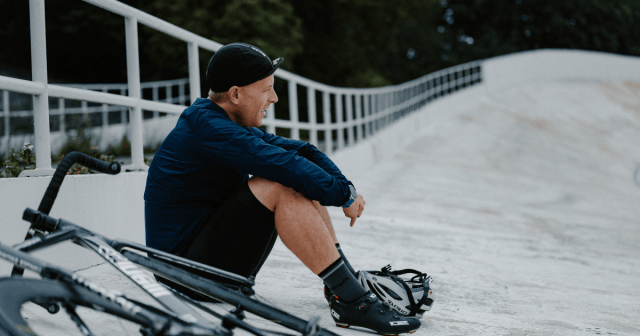We’ve been emphasizing the importance of recovery over and over, but just to be sure, let’s say it again: rest and recovery are crucial if you want to see better fitness results.
While recovery from exercise may intuitively seem simple enough (exercise, rest, repeat), there are ways to speed it up or make it more efficient.
Sure, passive rest is needed and necessary, but oftentimes active recovery, meaning light activity instead of an all-out workout, works most effectively to boost recovery of both body and mind.
Reviewing your training sessions via Polar Flow can help keep you on track.
Here are three tips so you can boost recovery from exercise (and see better fitness results).
1. Light Activity
Staying active increases the likelihood of making healthy food choices even on recovery days and helps to keep up the fitness and health momentum even on the days we’re not training.
The Polar FitSpark™ daily training guide can help you stay active as it includes supportive exercises like light stretching and mobility that are perfect for active recovery days. All workout suggestions provided by FitSpark™ are available on your Polar watch and based on your fitness level, training history and recovery status.
Next time you’re scheduling a rest day, try to add in some form of low-intensity exercise (20-50 minutes), like an easy walk or a soft yoga session.
By moving every day, you’re enforcing lifelong healthy habits.
2. Fueling
Never underestimate the importance of good nutrition (and proper hydration).
After a workout, aim to get 20-30g of high quality protein with a source of simple carbohydrates – that would be ideal as a general rule. But, keep in mind that when it comes to fueling your body, it is individual and general recommendations don’t work for everyone.
In addition to food, you can nourish your body with:
- Nutrients: Magnesium relieves muscle soreness and reduces inflammation.
- Hydration: necessary to prevent cramping and flush the body of toxins.
- A cold shower: cooling down the body is a recovery booster.
3. Breathing
Deep breathing is a simple relaxation method but one of the best ways to calm down the body and mind.
Whether you’re taking a passive rest day or opting for active recovery exercises, breathing is a must.
Maybe you’re thinking “well, duh and haha”, but that isn’t just me trying to be funny.
Here, we’re talking about mindful deep breathing that can help you to:
- Relax
- Manage stress
- Boost recovery from exercise
Serene™ is a guided deep breathing exercise with easy-to-follow guidance and real-time feedback. Learn more.
If you haven’t paid much attention to breathing so far, try guided breathing exercises and feel breathing work its magic for your body and mind. You can also try a guided meditation, available for free on platforms like Spotify, iTunes and Google Play.
So, take a moment just for yourself, keep calm and just breathe – deeply.
If you liked this post, don’t forget to share so that others can find it, too.
Or give it a thumbs up!
I like this article
Please note that the information provided in the Polar Blog articles cannot replace individual advice from health professionals. Please consult your physician before starting a new fitness program.





